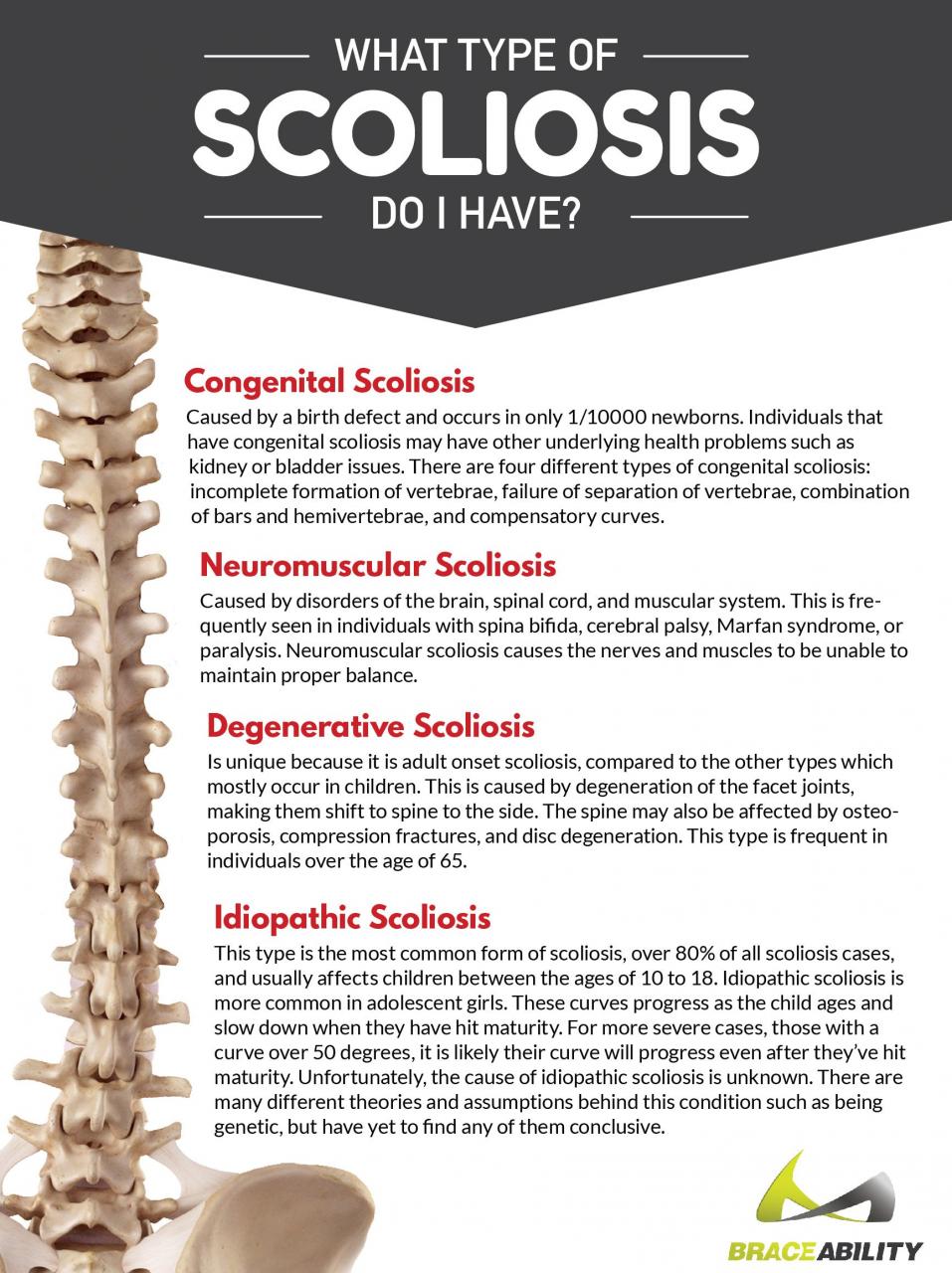Scoliosis is a medical condition characterized by a lateral (sideways) curvature of the spine, which is distinct from kyphosis, where the spine has an abnormal forward curvature. This condition is not caused by poor posture and can manifest in various forms, primarily affecting the thoracic (middle) and lumbar (lower) sections of the spine.
The most prevalent type of scoliosis is idiopathic scoliosis, which means the cause is unknown. This category is further divided into three subtypes based on age: infantile idiopathic scoliosis (affecting children under 3 years), juvenile idiopathic scoliosis (ages 3 to 10), and adolescent idiopathic scoliosis (AIS) (10 years and older), with AIS being the most common.
Adult scoliosis, often occurring in individuals with no prior history of the condition, is referred to as de novo scoliosis. Scoliosis is defined as a spinal curvature of 10° or greater, and it can cause the spine to curve to the right, left, or both sides. The vertebrae within the spine may also be rotated.
Another type is neuromuscular scoliosis, which results from abnormalities in the muscle-nerve pathways. This form can lead to the breakdown or deterioration of spinal discs and bones in adulthood.
Congenital scoliosis occurs when the spine fails to form completely or forms improperly during fetal development. This type is less common but presents its unique challenges.
The curvature in scoliosis typically takes an S or C shape, and in some cases, the spine rotates, causing asymmetry in shoulder blades. Scoliosis impacts both the thoracic and lumbar spine and can be diagnosed when the spinal curve exceeds 10 degrees.

For more in-depth information on scoliosis, its types, and treatments, visit Hospital for Special Surgery, HSS on Adult Scoliosis, University of Rochester Medical Center, HSS Ask the Expert, Harvard Health, University of Utah Health, Oregon Health & Science University, and Northwell Health Orthopaedic Institute.


